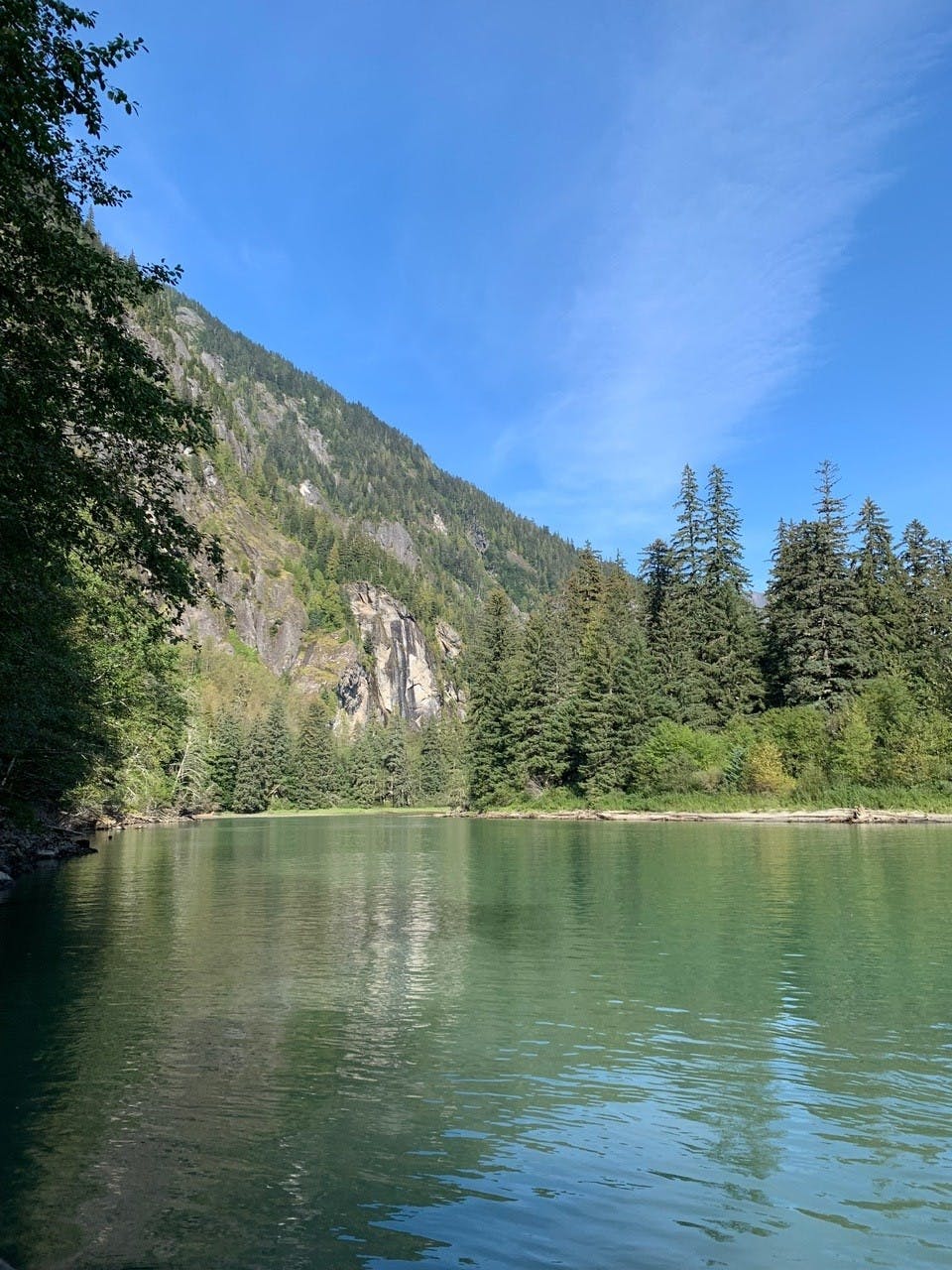Wave 1 Engagement
In the fall of 2020, DFO’s Fish and Fish Habitat Protection Program (FFHPP) began a multi-wave engagement process. In Wave 1, DFO engaged Indigenous Peoples, provinces and territories, and other parties with interests in the conservation and protection of fish and fish habitat from December 2020 through December 2021.
Throughout the 12-month period, FFHPP engaged on six subject areas by encouraging interested parties to submit their feedback in writing to DFO, or by taking part in online surveys, activities and virtual presentations.
Specifically, DFO sought input on:
- Modernizing Offsetting and Fish Habitat Banking Policies
- Cumulative Effects on Fish and Fish Habitat
- Fisheries Act Registry
- Proposed Prescribed Works and Waters Regulations
- Interim Codes of Practice
- Draft Engagement Framework
For more information on FFHPP Wave 1 engagement, please read the Wave 1 What We Heard Report.



